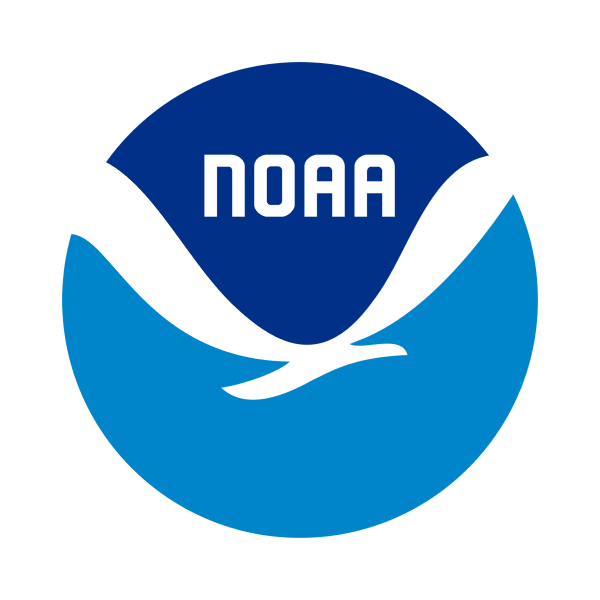Hawai‘i Wildlife Fund and partners removed derelict fishing gear and medium- to large-scale marine debris items from the coastlines of Hawai‘i, Kaua‘i, Maui, and Lānaʻi.
Type of Project: Removal
Region: Pacific Islands
Project Dates: October 2018 - September 2021
Who was involved?
With support from the NOAA Marine Debris Program, Hawai‘i Wildlife Fund, in partnership with Surfrider Foundation’s Kaua‘i Chapter and Pūlama Lānaʻi, removed derelict fishing gear and medium to large-scale marine debris from impacted coastlines on Hawai‘i, Kaua‘i, Maui, and Lānaʻi.
What was the project and why is it important?
The Hawaiian Archipelago receives a disproportionately high volume of marine debris along its shores. Derelict fishing gear (nets, ropes, lines, hard plastic floats, buoys, and more) and the threat they pose to native wildlife and habitats is of particular concern. Hawaiian monk seals, hawksbill sea turtles, humpback whales, false killer whales, threatened green sea turtles, and Pacific bottlenose and spinner dolphins have all been negatively impacted by marine debris in Hawai‘i.
Hawai‘i Wildlife Fund, in partnership with Surfrider Foundation’s Kaua‘i Chapter and Pūlama Lānaʻi, undertook a three-year project to remove derelict fishing gear and medium- to large-scale marine debris from impacted coastlines on Hawai‘i, Kaua‘i, Maui, and Lānaʻi. These organizations utilized two primary techniques to detect and remove debris. This included derelict fishing net/ large debris recovery workdays, also known as “net patrol” and quarterly community-based coastal cleanup events geared towards education, outreach, and local prevention efforts.
What were the results?
Throughout this 3-year removal project, Hawai‘i Wildlife Fund and partners conducted 239 beach cleanups and 480 net-recovery patrols on the islands of Hawai‘i, Kaua‘i, Maui, and Lānaʻi. With the help of all three organizations and 11,608 volunteers they have recovered 207.7 metric tons, or nearly 458,000 pounds, of debris , while restoring 870 acres of habitat for wildlife. Hawai‘i Wildlife Fund also conducted 29 NOAA Marine Debris Monitoring and Assessment Project surveys at Kamilo Point, contributing to a better understanding of debris accumulation at this particular location.
For more information about this project, visit the Marine Debris Program Clearinghouse.
 An official website of the United States government.
An official website of the United States government. 
